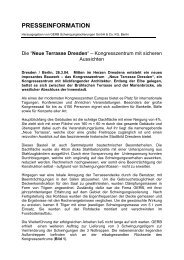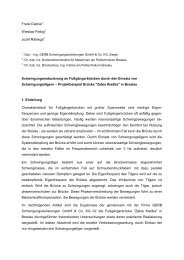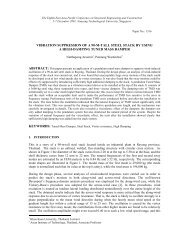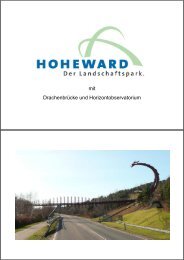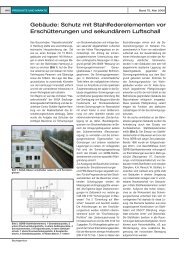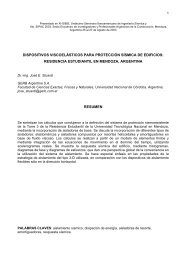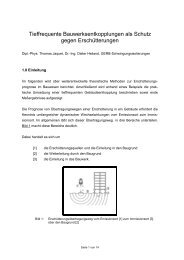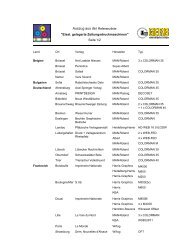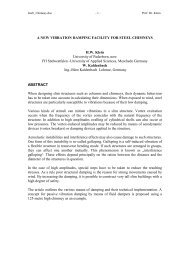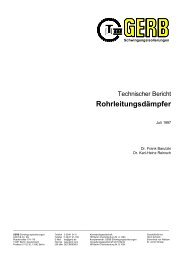ABSTRACT A vibration isolation system using spring units and visco ...
ABSTRACT A vibration isolation system using spring units and visco ...
ABSTRACT A vibration isolation system using spring units and visco ...
You also want an ePaper? Increase the reach of your titles
YUMPU automatically turns print PDFs into web optimized ePapers that Google loves.
5. SHAKING TABLE TEST OF THE ISOLATED BUILDING MODEL<br />
5.1 Shaking table test<br />
5.1.1 Model<br />
The model was designed to have the same natural frequency <strong>and</strong> the same damping ratio as the<br />
real building. The <strong>isolation</strong> <strong>system</strong> was composed of six <strong>spring</strong>s <strong>and</strong> four dampers. The<br />
accelerations at the top <strong>and</strong> bottom of the frame, <strong>and</strong> the relative displacement between the<br />
bottom of the frame <strong>and</strong> the top of the shaking table were measured. Fig. 15 shows the model <strong>and</strong><br />
measurement points.<br />
5.1.2 Loading<br />
(1) Sinusoidal sweep excitation<br />
The model was shaken by a sinusoidal sweep wave in the direction of the longer side (X), the<br />
shorter side (Y) <strong>and</strong> the vertical direction (Z). The acceleration was 20 gal <strong>and</strong> the range of<br />
frequency was 0.3 Hz - 10.0 Hz.<br />
(2) Seismic excitation<br />
Taft wave, El Centro wave <strong>and</strong> Hachinohe wave were used for the input of the shaking table. For<br />
each seismic wave the model was shaken in Y direction only, Y <strong>and</strong> Z directions combined <strong>and</strong> all<br />
three directions.<br />
5.2 Analytical method<br />
The analytical method of the shaking table test was the same as the one explained already above.<br />
The analysis model is shown in Fig. 16. The upper structure was assumed to be a shear beam<br />
element. The weight of the model was concentrated in two separate masses at the top <strong>and</strong> the<br />
bottom. The material properties of the analysis model were based on the results of a r<strong>and</strong>om noise<br />
test without the <strong>isolation</strong> <strong>system</strong>.<br />
4-parameter model<br />
Longitudinal cross section Lateral cross section<br />
Fig. 15 Specimen Fig. 16 Analysis model




